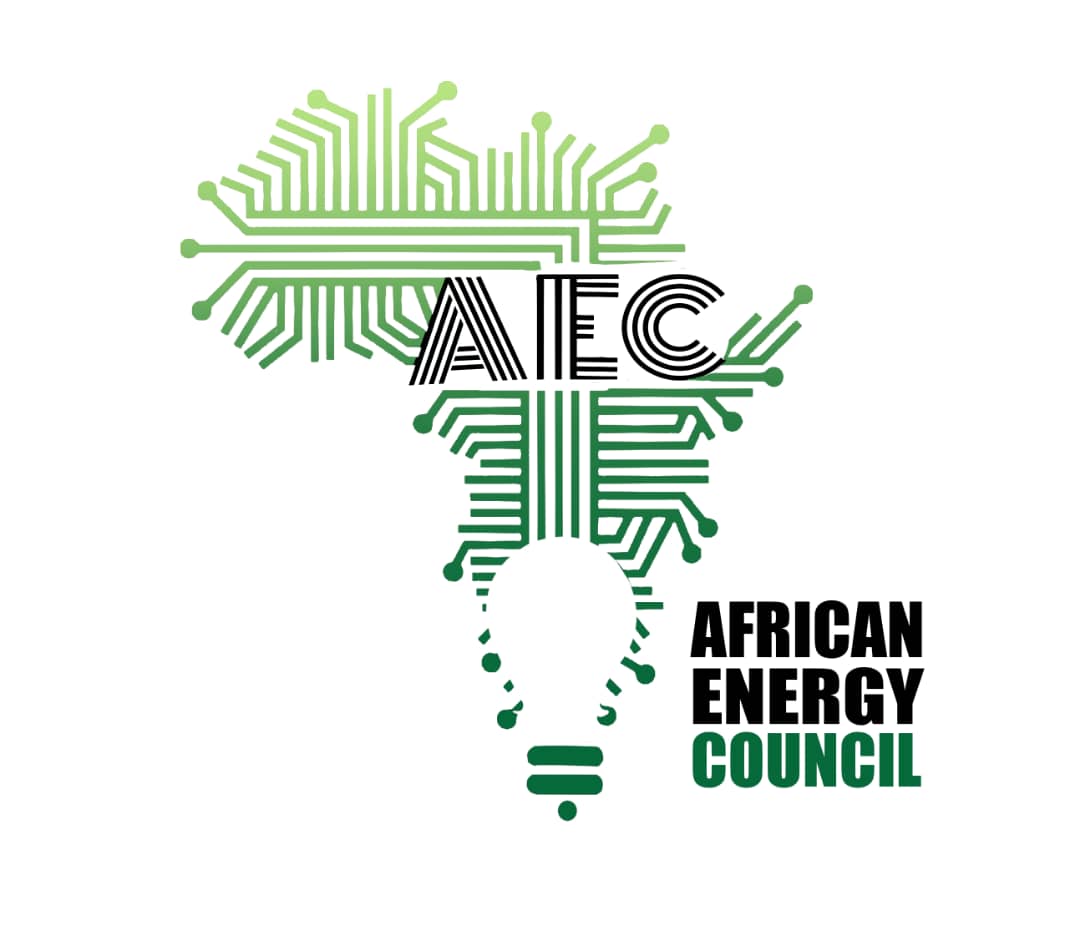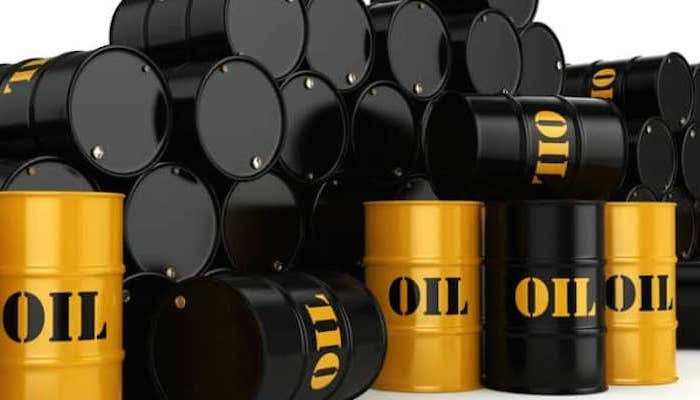Namibia aims to join Africa’s top five oil producers by 2035, with a daily output of 500,000 barrels, surpassing Egypt, according to a government official.
“With four floating production storage and offloading units deployed by 2035, we could be producing more than half a million barrels per day of oil equivalent,” Ebson Uanguta, interim managing director of the National Petroleum Corporation of Namibia, said at an industry event, as quoted by China’s Xinhua.
Several significant oil and gas discoveries were made recently in Namibian waters, with supermajors tapping an estimated 11 billion barrels of oil in offshore resources, with first production expected in 2030.
Shell and TotalEnergies are the leading investors in Namibia’s oil future, along with Qatar Energy and a UK-listed Australian driller by the name of Global Petroleum. Chevron, Portugal’s Galp, and Rhino Resources are also exploring for oil in the country’s Orange Basin.
Earlier reports pegged the country’s oil and gas production capacity at 700,000 bpd as of 2030—the year that commercial production should begin.
Two discoveries in particular could transform the country into not only a new oil producer but a major one, as they are estimated to contain billions of barrels in oil and gas. One of these is Shell’s Graff discovery, which could hold as much as 1.7 billion barrels of oil and gas across three wells, according to Barclays estimates.
The other major discovery is TotalEnergies’ Venus, which is even bigger than Graff, with reserves seen at up to 3 billion barrels of oil equivalent.
Portugal’s Galp recently announced a significant find at the Mopane discovery, potentially holding over 10 billion barrels of oil equivalent. If confirmed, this would surpass the discoveries by Shell and TotalEnergies, making Namibia a highly attractive destination for oil development.

